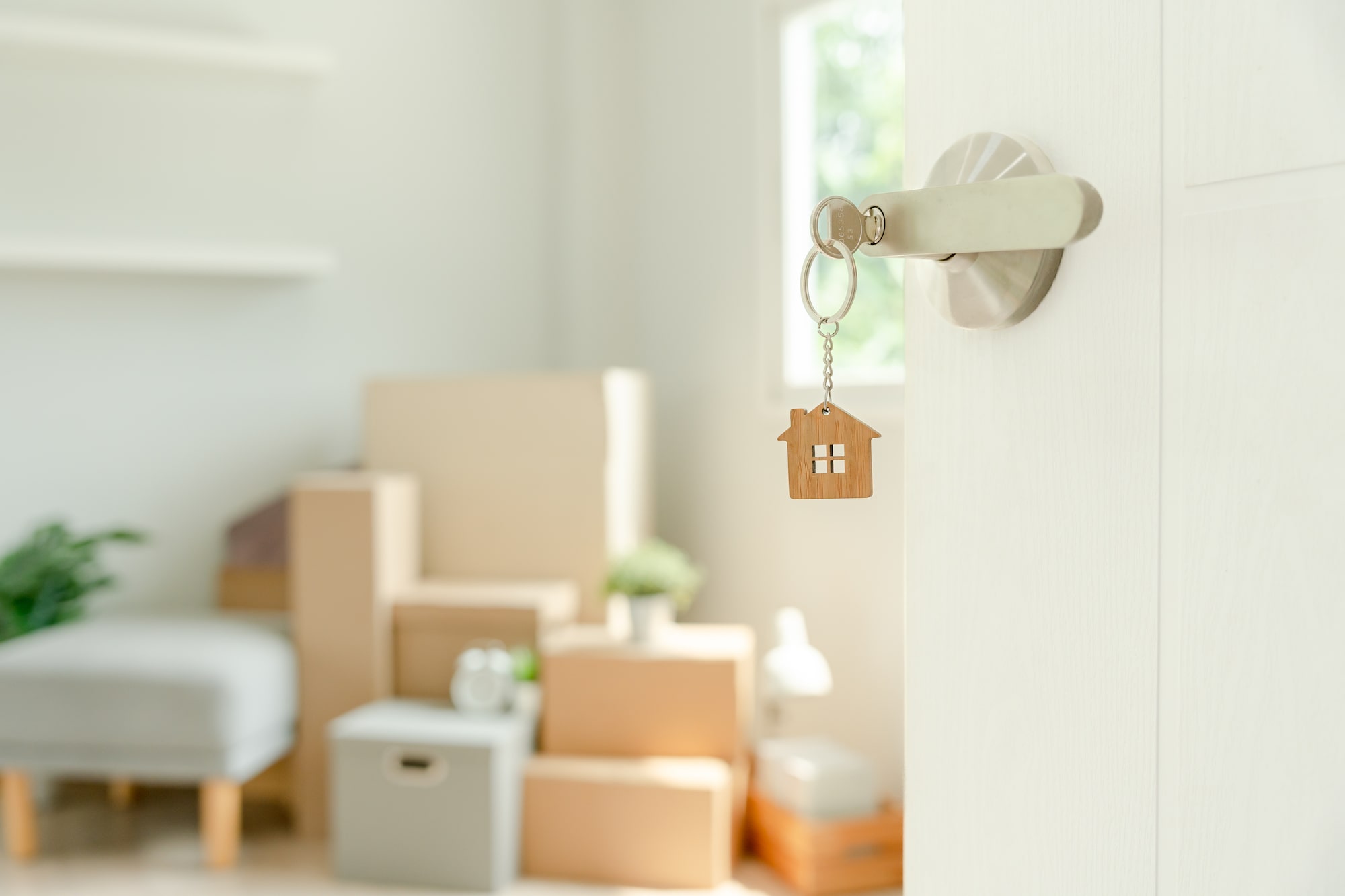Good landlord-tenant relationships require cooperation and communication. This is particularly important when it comes to rental property inspections.
Even if you're happy with your tenant, you should still do routine inspections. They show the tenant that you're serious about the condition of the property. If you don't seem to care about the property, they likely won't care either.
That said, inspecting a rental property can be tricky if you're not used to it. Here's what this process involves and how you should approach it.
What Are Rental Property Inspections?
A rental property inspection involves the landlord reviewing the property to check its condition. Ideally, the tenant should be present for the inspection as well. That way, you can inform them of any issues that arise right away.
The most common type of property inspection is the move-in inspection. Before the tenant moves in, both of you will review the property. This is a key step in setting the expectations for the condition the property should be kept in.
Why Are Property Inspections Important?
If a tenant damages your property, you can deduct the cost of repairs from their security deposit. If you have a clear idea of the property's condition, accounting for these deductions becomes much easier.
When to Perform a Property Inspection
Other than the move-in inspection, property inspections come in three types. These are routine, drive-by, and move-out inspections.
A routine rental inspection is typically done every three to six months. It helps you keep track of maintenance issues that are your responsibility. For tenants, this is a chance to fix any damage they've caused.
A drive-by inspection doesn't involve entering the property. Instead, you're checking if the outside of the property has issues that may warrant a routine inspection. As such, a drive-by doesn't involve advance notification.
A move-out inspection will help determine the state of the property once the tenant leaves. Try to schedule it for the day your tenant leaves the premises. If you wait too long, they'll have an excuse for any damage you find.
How to Perform a Property Inspection
When you inspect a rental property, you need to follow the law. For example, you'll need to give prior notice. Check your state's laws or contact an attorney to confirm the amount of notice that's required of you.
If you take photos of the property, leave personal items out of it. This includes computers and pictures, as well as people and pets. Doing so is the simplest way to protect the tenant's privacy.
No matter what the inspection reveals, don't confront the tenant. If you notice damage or neglect, don't take it personally. If the tenant raises any complaints, remain professional while responding to them.
Should You Hire Professionals?
As you can see, rental property inspections involve many steps. That said, they're also essential in lowering the risk of property damage. If they take up too much of your time, consider outsourcing them to a property manager.
Interested in hiring a property management company in Pleasanton, CA? Contact us here to see what Advantage Property Management Services can do for you!






